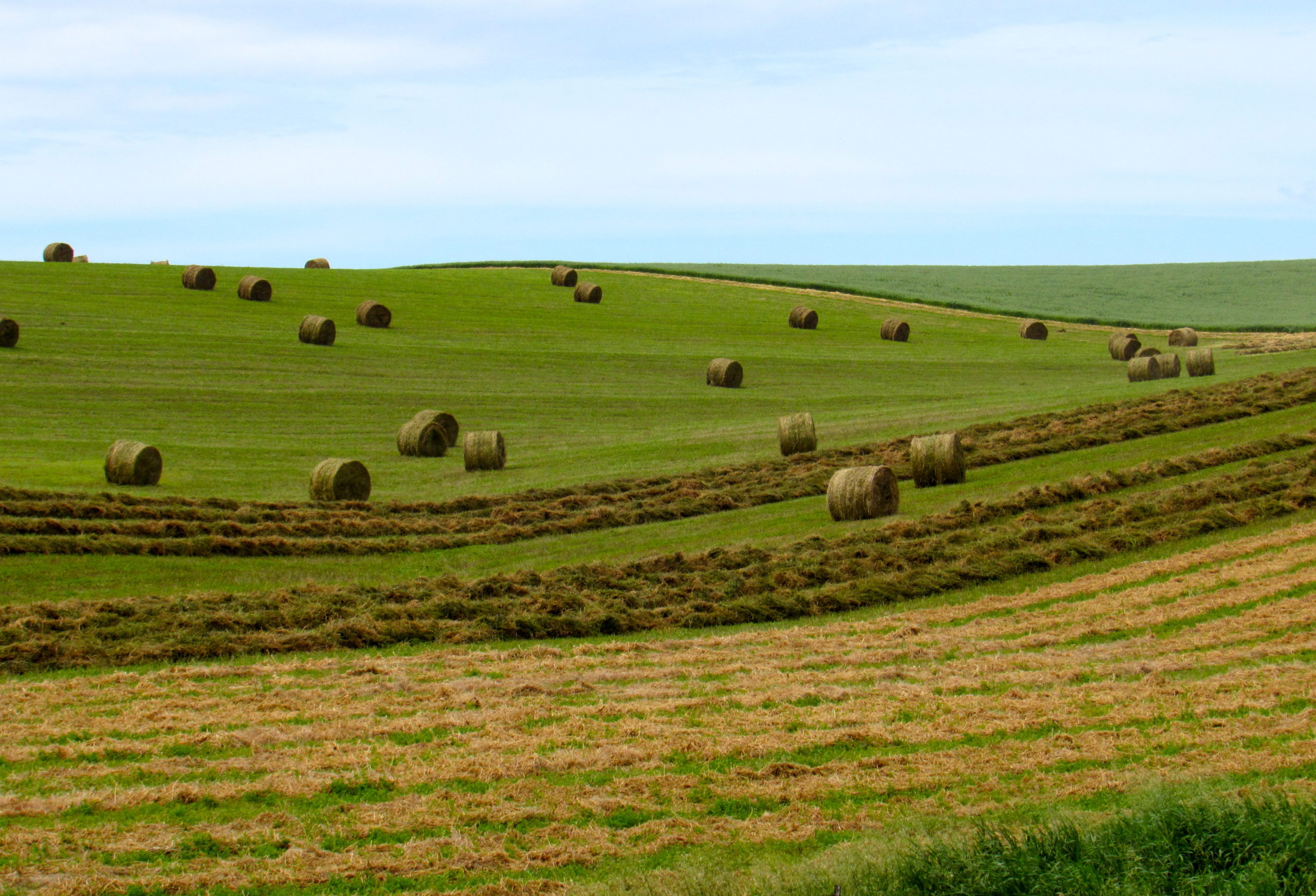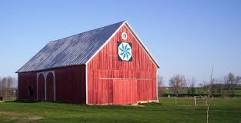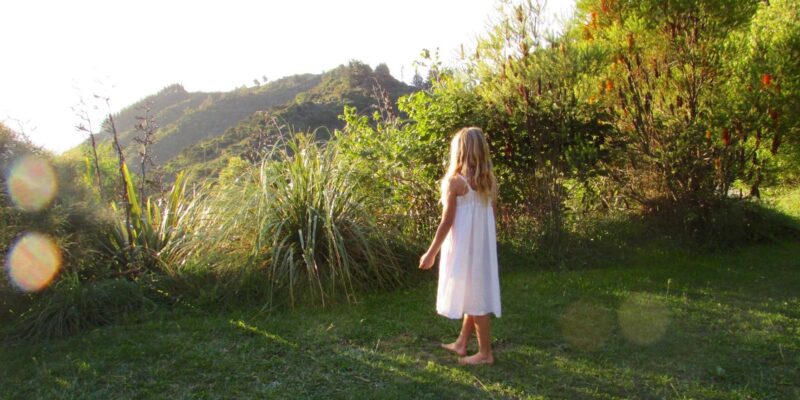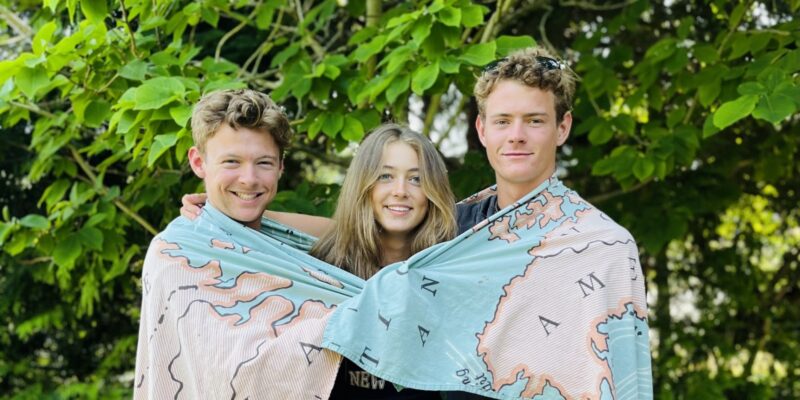There was nothing but land: not a country at all, but the material out of which countries are made. – Willa Cather, My Antonia
As we set off from the picture-perfect town of Galena, Illinois to cross Iowa we had no idea what to expect. Our weeks had been filled with time in NYC and Chicago, visiting family and running from place to place reacquainting ourselves with our culture. We had a feeling that now we were on our own. It was just us and the open road and we had no idea where it would lead.
What we did know is that over 86 percent of Iowa is cultivated farmland which is the highest percentage of any U.S. state. What we didn’t know is that there would be moments when we would see landscapes reminiscent of Tuscany and the South of France.
Barns painted with quilt squares, hanging like a family crest united the remote rural farms that peppered the billowing landscape. As we ambled through this stunning countryside we thought of all the beautiful surprises varied landscapes have provided during the thousands of miles we have driven.
As we drove along US-20 toward Sioux City, Iowa our destination was the first official National Historic Landmark in the United States. The Sergeant Floyd Monument was erected in honor of the only member of the Lewis and Clark expedition that died during their three years and estimated 7,600-mile trek. Where we have a station wagon, they only traveled by foot, horseback, and boat relying on an unparalleled sense of adventure to see them through.
We stood at the monument overlooking the Missouri River contemplating that we traveled here in one day and it took Lewis and Clark 90 days to get to this point from their departure in St. Louis. There are very few places that the Lewis and Clark expedition and the Oregon Trail intersect. As we devoured information in the nearby Interpretive Center, there was something the Corps of Discovery understood that later groups, from fur traders to pioneers, lost sight of at times.
The key to Lewis and Clark’s success was their belief that they needed the help and knowledge of everyone they met in order to survive. They arrived open and willing and were rewarded with peaceful interactions in which they gained invaluable knowledge of plants, animals, and geography. Even though their route proved too difficult for wagon trains, their return ignited a belief in the possibility of expansion.
As we muddled through much of the industry that now dominates the Missouri River Valley on our way out of Iowa, we vowed to remember that the core of this journey is discovery. It requires a humble willingness to learn what each new experience has to teach us. The gift Lewis and Clark gave us over 200 years later is the excitement inherent in the possibility of expansion.




